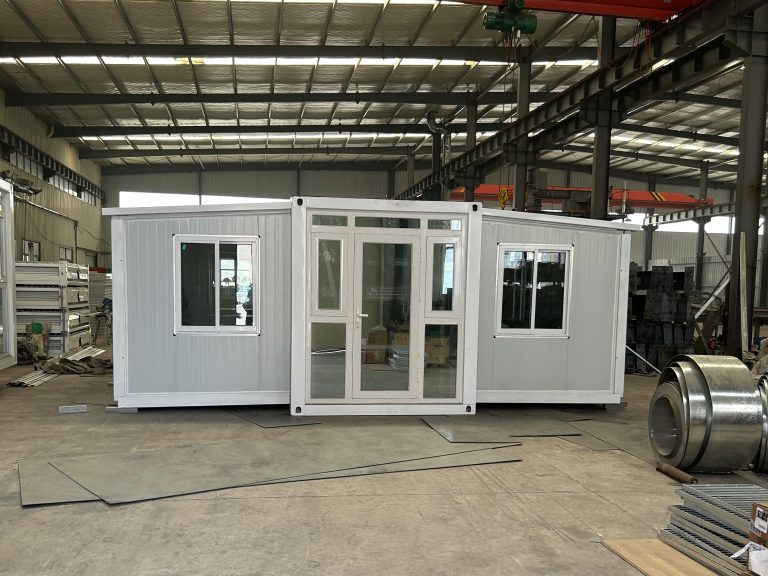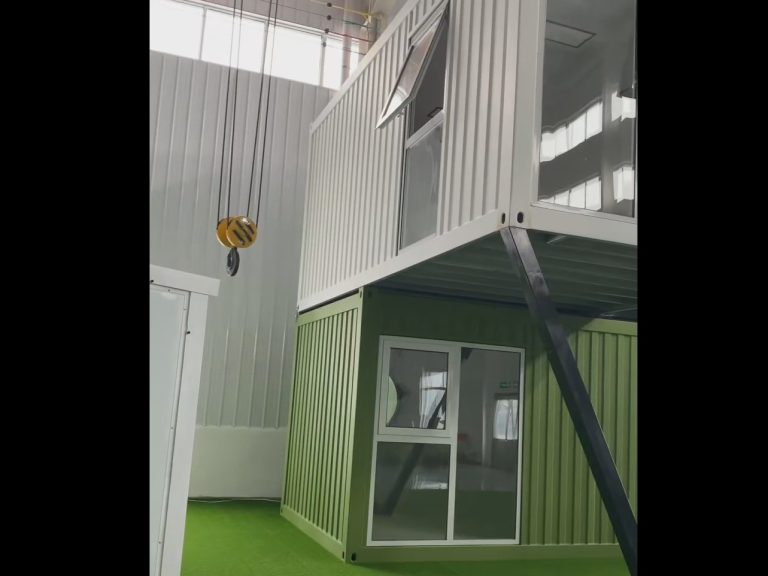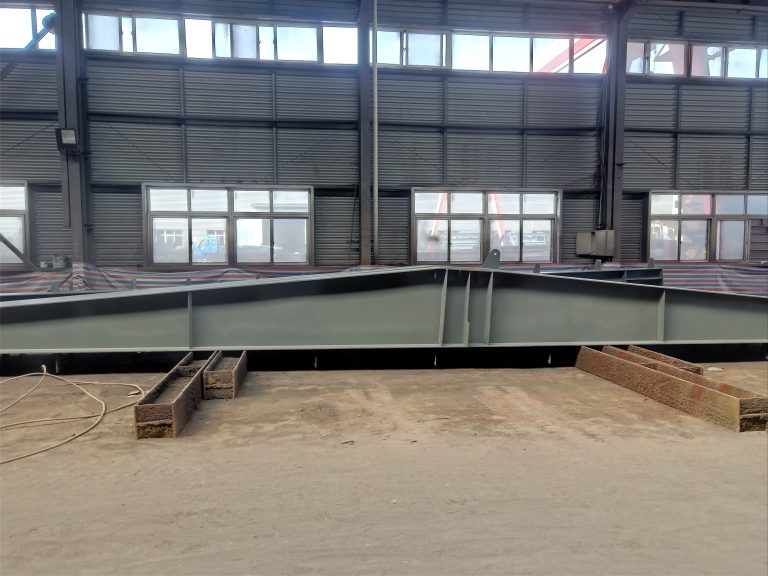Table of Contents
Innovative Design Ideas for Transforming a Container House into a Mobile Science Laboratory
Container houses have gained popularity in recent years due to their versatility and sustainability. These structures, made from repurposed shipping containers, offer a cost-effective and eco-friendly alternative to traditional housing. However, container houses can also be transformed into innovative spaces for various purposes, such as mobile science laboratories.
The design and practice of transforming a container house into a mobile science laboratory require careful planning and consideration. The first step in this process is to select a suitable container that meets the requirements of a science laboratory. The container should be spacious enough to accommodate all necessary equipment and furniture, while also providing adequate ventilation and lighting.
Once a suitable container has been chosen, the next step is to design the layout of the mobile science laboratory. This involves determining the placement of workstations, storage areas, and other essential components. It is important to ensure that the layout is functional and efficient, allowing for easy access to equipment and materials.
In addition to the layout, the design of the mobile science laboratory should also take into account the specific needs of the users. For example, if the laboratory will be used for conducting experiments, it may require additional safety features such as fume hoods and emergency showers. Similarly, if the laboratory will be used for educational purposes, it may need to include interactive displays and multimedia equipment.
One of the key considerations in the design of a mobile science laboratory is mobility. The container house should be equipped with wheels or a trailer hitch to allow for easy transportation to different locations. This mobility is essential for reaching underserved communities or conducting field research in remote areas.
In addition to the design of the mobile science laboratory, the practice of transforming a container house into this innovative space also involves outfitting it with the necessary equipment and materials. This may include laboratory benches, sinks, storage cabinets, and safety equipment. It is important to ensure that all equipment is properly installed and meets safety standards.
Another important aspect of transforming a container house into a mobile science laboratory is ensuring that it is equipped with the necessary utilities. This may include electricity, water, and waste disposal systems. It is essential to work with qualified professionals to ensure that these utilities are properly installed and meet regulatory requirements.
Overall, the design and practice of transforming a container house into a mobile science laboratory require careful planning and attention to detail. By selecting a suitable container, designing a functional layout, and outfitting it with the necessary equipment and utilities, it is possible to create an innovative space that can be used for a variety of scientific purposes. With the increasing demand for mobile science laboratories, container houses offer a sustainable and cost-effective solution for meeting this need.
Practical Tips for Implementing a Mobile Science Laboratory in a Container House
Mobile science laboratories are becoming increasingly popular as a way to bring hands-on learning experiences to students in a convenient and cost-effective manner. One innovative approach to creating a mobile science laboratory is by transforming a container house into a fully functional and portable learning space. In this article, we will explore the design and practice of transforming a container house into a mobile science laboratory, providing practical tips for implementing this unique educational solution.
The first step in transforming a container house into a mobile science laboratory is to carefully plan and design the layout of the space. Consider the specific needs of the science curriculum that will be taught in the laboratory, as well as the equipment and materials that will be used. It is important to maximize the use of space in the container house, while also ensuring that there is ample room for students to move around and engage in hands-on activities.
When designing the layout of the mobile science laboratory, consider the placement of workstations, storage areas, and equipment. Workstations should be arranged in a way that promotes collaboration and interaction among students, while also providing easy access to necessary materials and tools. Storage areas should be organized and labeled to ensure that equipment and supplies are easily accessible and can be quickly located when needed.
In addition to the layout of the space, it is important to consider the design and aesthetics of the mobile science laboratory. The container house can be painted and decorated to create a welcoming and inspiring learning environment. Consider incorporating bright colors, educational posters, and interactive displays to engage students and enhance their learning experience.
Once the design of the mobile science laboratory has been finalized, it is time to focus on the practical aspects of implementing the space. This includes equipping the laboratory with the necessary equipment and materials, as well as ensuring that the space is safe and functional for students to use.

When selecting equipment for the mobile science laboratory, consider the specific needs of the science curriculum and the age group of the students who will be using the space. Common equipment found in a science laboratory includes microscopes, beakers, test tubes, and other laboratory tools. It is important to invest in high-quality equipment that is durable and easy to use, as well as safe for students to handle.
In addition to equipment, it is important to stock the mobile science laboratory with a variety of materials and supplies for conducting experiments and hands-on activities. This may include chemicals, specimens, models, and other resources that are needed to support the science curriculum. Consider creating a detailed inventory of all materials and supplies, and establish a system for restocking and replenishing items as needed.
Finally, it is important to ensure that the mobile science laboratory is safe and functional for students to use. This includes conducting regular maintenance checks on equipment, ensuring that all safety protocols are followed, and providing proper training for students on how to use the space responsibly. Consider implementing safety measures such as fire extinguishers, first aid kits, and emergency contact information to ensure that students are prepared for any potential emergencies.
In conclusion, transforming a container house into a mobile science laboratory is a creative and practical way to bring hands-on learning experiences to students in a portable and cost-effective manner. By carefully planning and designing the layout of the space, equipping the laboratory with the necessary equipment and materials, and ensuring that the space is safe and functional for students to use, educators can create a dynamic and engaging learning environment that inspires curiosity and fosters a love of science.






